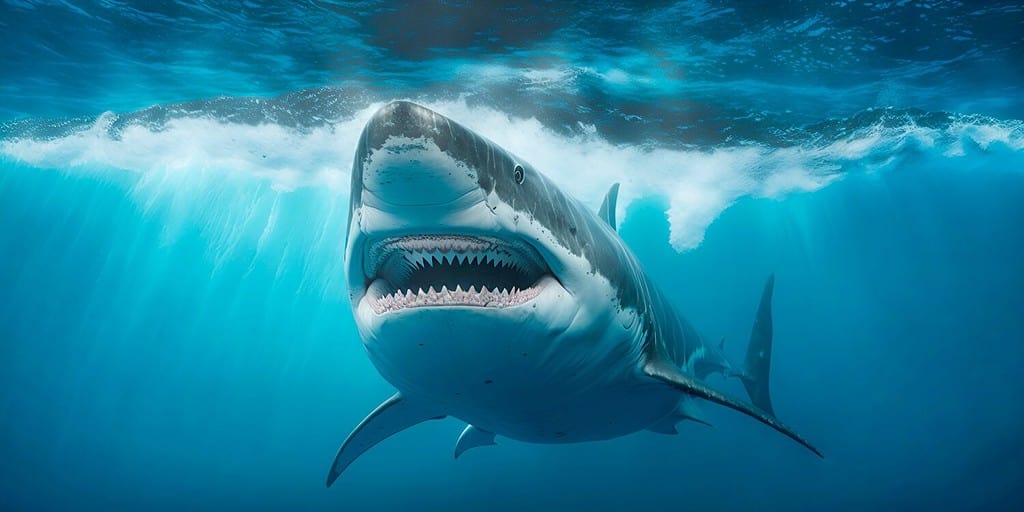Surrounded by both the Gulf of Mexico and the Atlantic Ocean, Key West is a diminutive yet vibrant island. Known for its proximity to the world’s third-largest barrier reef, this island boasts an abundant marine ecosystem, making it an ideal spot for snorkeling enthusiasts to explore its underwater marvels.
Sharks, being natural inhabitants of the ocean, are not uncommon in the waters around Key West. However, an incident in 2011 involving a couple just four miles off Key West’s coast offers a unique insight into human-shark interactions. The couple, enjoying a serene day on a boat amidst clear waters and skies, encountered an unexpected visitor.
Heidi, swimming near the boat, remarks on the beauty of the water. A man, filming the scene, calmly instructs her to return to the boat. Despite the potential danger, his composed demeanor likely played a crucial role in the situation. A viral video of this encounter illustrates the importance of remaining calm in such scenarios, with viewers noting the man’s non-panicked approach as exemplary.
Contrary to popular belief, shark attacks are quite rare. The video reveals the proximity of a shark, possibly a nurse shark, to Heidi. Nurse sharks, known for their nocturnal and generally docile nature, are common in Key West. These creatures, often found resting under coral ledges, may exhibit aggression if disturbed.
Upon Heidi’s safe return to the boat, several sharks were seen circling below. While nurse sharks typically avoid aggression, they are capable of a powerful bite if provoked.
Watch the Video Below!
Sharks’ Dietary Habits

Sharks have between 50 and 300 teeth.
©LuckyStep/Shutterstock.com
Across the globe, there are over 500 shark species, with diets that are not overly diverse. Sharks mainly fall into two dietary categories: carnivorous, feeding on marine life such as fish, seals, and crustaceans, and planktivorous, primarily consuming plankton. Nurse sharks, being carnivorous, tend to prey on fish, crustaceans, squid, shellfish, and even algae and coral, posing little threat to humans.
Sharks’ Habitats
Sharks inhabit various marine environments worldwide, from picturesque coral reefs to the depths of the ocean and even beneath Arctic sea ice. While it’s rare, some shark species can also navigate freshwater lakes and rivers.
Shark Attacks on Humans
While the thought of shark attacks can be unsettling, such incidents are exceptionally rare. Out of the numerous identified shark species, only a small fraction has been involved in attacks on humans. Marine biologists suggest that sharks are typically driven by curiosity rather than aggression when approaching humans. Therefore, staying calm and moving slowly is advised to avoid startling these majestic creatures.
Thank you for reading! Have some feedback for us? Contact the AZ Animals editorial team.







